Here are five facts to help you identify the featured “holiday” crustacean from the BCS “Christmas/winter-themed marine organisms” Pinterest board.
1. This crustacean belongs to a group (including species from five different families) which prefer the habitat of caves, pools, crevices, or wells in limestone or lava rock that is flooded by seawater.
2. This crustacean has poor eyesight (i.e., tiny eyes) and are brightly colored.
3. This crustacean prefers temperatures above 20 degrees Celsius.
4. This crustacean is quite jolly, enjoying it’s time cleaning parasites and other debris off of fish (HINT: I wonder if this leaves a minty flavor?).
5. Some species of this shrimp have bright green eggs.
Have fun guessing by leaving a comment below.
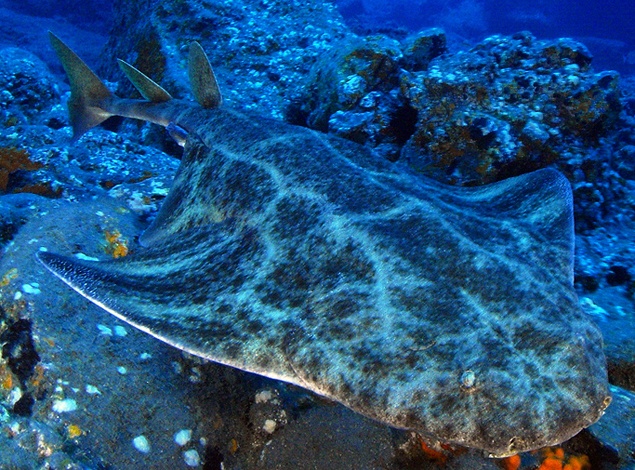

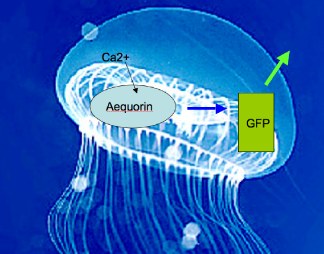

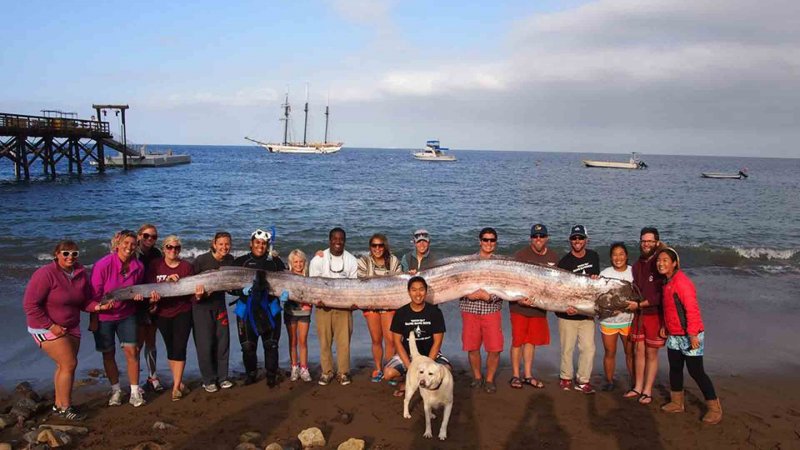



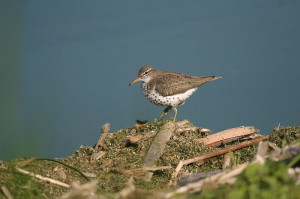


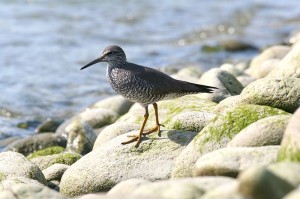
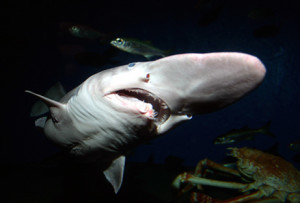

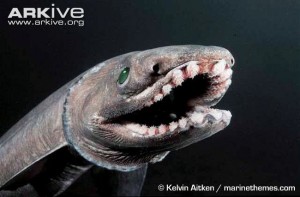
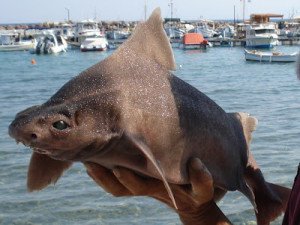
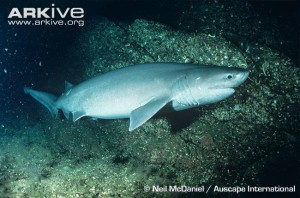
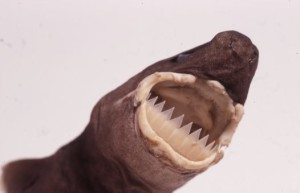
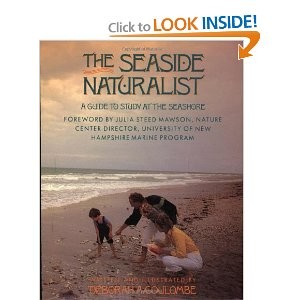







What people are saying …